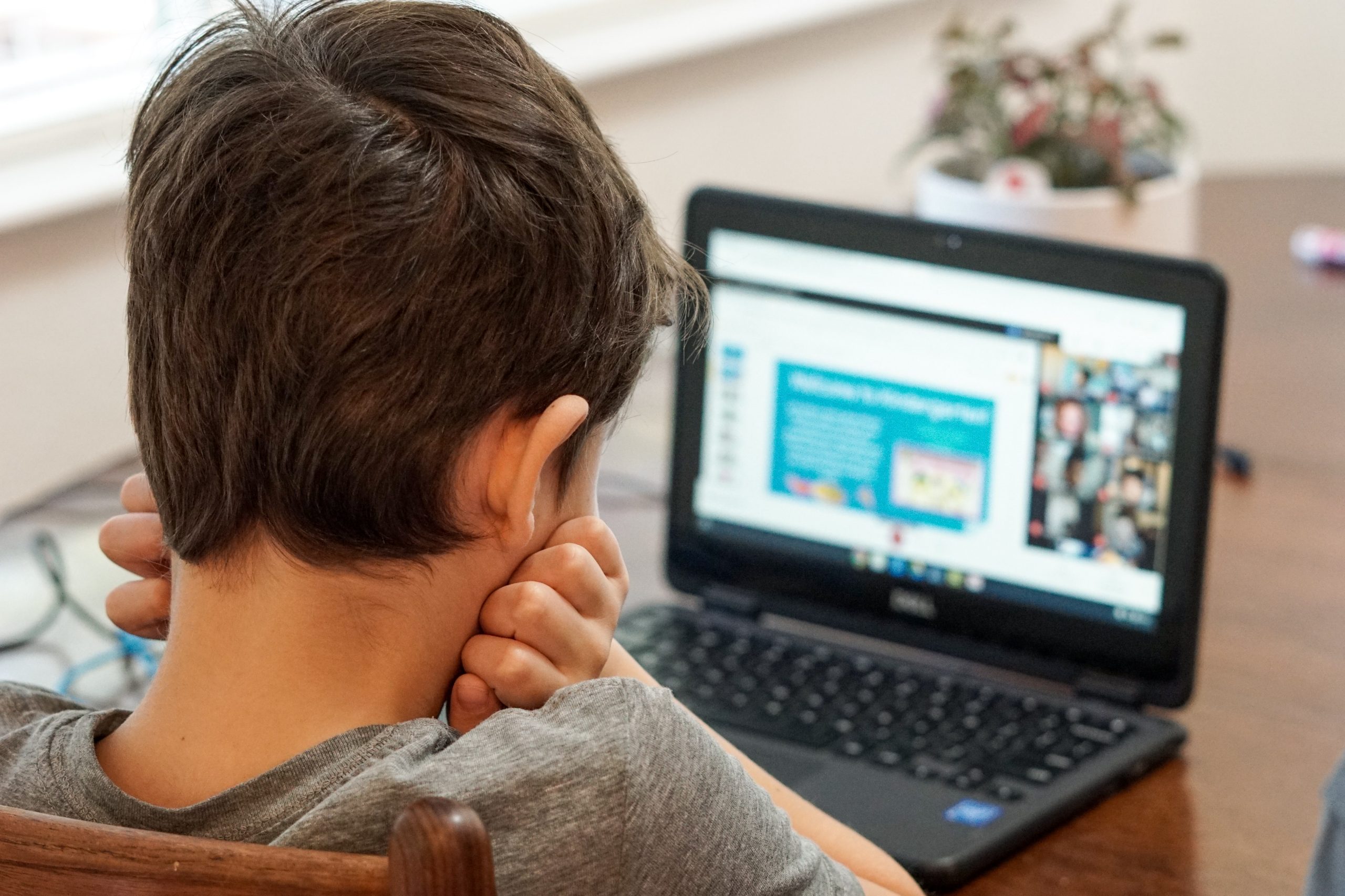
How To Keep Your Children Engaged in Online Learning by Craig Middleton offers important advice for parents dealing with homebound children engaged in remote learning. By following his advice you can make remote learning more effective and enjoyable. Good luck.
Inroduction
- Many schools have had to move to online-only or hybrid instruction as a matter of necessity over the past year. There have been some troubling stories about how this model has affected students, showing that they have suffered because of a lack of socializing with their friends. Some have reported a decrease in motivation.
- On the other hand, some young people thrive in an online learning environment, even preferring it to in-person instruction. This may be based on many different factors, such as the child’s temperament or relationships with peers. However, it does offer hope that online learning can be more successful and less stressful even for those who struggle with it. Researchers have been looking for ways to help keep children engaged in an online classroom. Here are some of the ideas they’ve come up with.
- Try to connect what your child is learning to something concrete and relatable whenever possible. For example, if you’re learning about different energy sources, tell your child about the top solar companies in the US and explain how they put what your child is learning to good use. If your child can see that what he or she is learning has practical, real-life applications, it is more likely to keep his or her interest. Children hate the feeling that they are wasting time learning something that is not useful to them.
- With online learning, you may bear more of the responsibility for your child’s education than when your child receives in-person instruction. However, no matter what learning model you use, your child’s education is always a partnership between you and his or her instructors. When instruction takes place at home, keeping in close contact with your child’s teachers is more important than ever before.
- It is always important to acknowledge a child’s academic accomplishments”. It is even more vital to encourage those that happen in a setting in which the child may not be comfortable. Whenever your child completes an assignment through distance learning, provide some positive feedback. This can be something intangible, such as a few words of praise, or something more concrete, such as a sticker. It doesn’t have to be something elaborate or expensive, just something that communicates to your child, “I know this isn’t easy for you, and I appreciate the hard work you’re putting into it.”
- Elementary kids get recess several times a day, while older kids get gym class. Your child’s online learning day should include some time for him or her to get up, move around, maybe even go outside if the weather permits it. When you schedule this depends a lot on your child’s learning style and preferences, but many kids settle down to concentrate better after some activity. If you find that a change of position helps your child concentrate better, you should encourage this, within reason. Standing up helps some kids to concentrate better, but you should not allow your child to adopt a habit of poor ergonomics because this could cause problems later in life.
- Schoolwork doesn’t have to be endless drudgery. There are many ways to make learning fun. If you’re having difficulty coming up with ideas on your own, the internet gives you access to thousands of them. Online games from educational sources are designed to teach a wide range of important concepts in an entertaining way. You may be able to take a virtual field trip to many educational places, such as aquariums, botanical gardens, museums, and zoos. Don’t limit yourself to local places; these tours are available from all over the world.
- Part of the reason that some children thrive in distance learning is that the schedule can be tailored to fit their needs. If your child is having difficulty understanding, you can slow down the pace. If your child is frustrated, you can take a break. If your child is very engaged, you can skip or postpone a break to keep up the momentum. Above all, be patient with your child and with yourself. Adjusting to distance learning takes time.
- Craig is a New York City-based retired business consultant, who is an expert in education and cultural trends. He has a Masters of Business Administration and a Masters in Education from St. Johns and loves sharing his knowledge on the side through his writing. If you have any questions or comments you can direct them to Craig at craigmiddleton18@gmail.com.
Connect Learning to Something Concrete

Keep in Touch With Your Child’s Teachers
Provide Positive Feedback
Encourage Activity

Make Learning Fun
Set Your Own Schedule
Craig Middleton
DrDougGreen.com If you like the summary, buy the book





